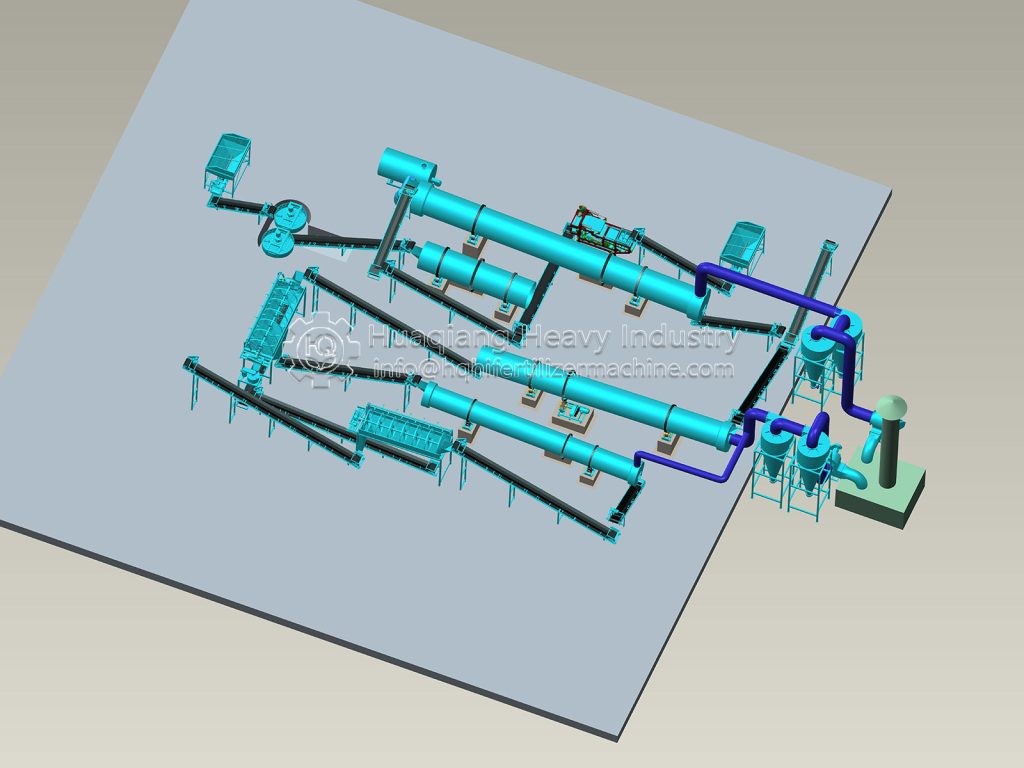What are the benefits of investing in an NPK fertilizer production line?
In agricultural production, fertilizer is a key factor in improving crop yield and quality. NPK fertilizer, a triple compound fertilizer of nitrogen (N), phosphorus (P), and potassium (K), is highly favored by farmers for its scientifically formulated nutrient profile, fully meeting crop growth needs. Investing in an NPK fertilizer production line offers many compelling advantages.

From an agricultural production perspective, NPK fertilizer production lines offer balanced and high-nutrient content. Nitrogen contributes to robust leaf growth and is a core component of protein and chlorophyll. Phosphorus is crucial for root development, flower and fruit formation, and energy conversion. Potassium plays a key role in plant life processes such as water regulation, disease defense, and photosynthesis. These multiple elements work together to provide comprehensive support for crop growth, effectively improving crop yield and quality. Furthermore, the dense particle structure, even nutrient distribution, and stable and sustained nutrient release reduce byproducts and minimize negative impacts on the soil. Furthermore, the fertilizer particles are uniform, each rich in multiple elements, allowing for more even distribution during application, enabling a single application and significantly improving fertilizer utilization efficiency.
In terms of cost, NPK fertilizers’ high content of active ingredients and low byproduct count significantly reduce packaging, storage, and transportation costs. Furthermore, investing in NPK fertilizer production lines offers preferential policies. As environmental protection and sustainable agricultural development gain traction, the government is actively encouraging the green and efficient fertilizer industry. Investing in such production lines is expected to benefit from tax exemptions, subsidies, and other policy support, reducing operating costs and increasing return on investment.
In terms of technological and product diversity, NPK fertilizer production lines offer a variety of processes, including steam granulation, twin-roll extrusion, and high-pressure granulation, allowing for flexible selection based on different raw materials and market demands. This enables the production of a wide range of compound fertilizers to meet the specific needs of different crops and soils, enhancing product competitiveness. Furthermore, these production lines often utilize clean production processes, such as high-pressure granulation, which ensures a favorable operating environment and eliminates waste, waste, and other emissions, thus meeting environmental standards.
Investing in NPK fertilizer production lines offers significant advantages in improving agricultural efficiency, saving costs, aligning with policy guidelines, and providing diverse technologies and products, making it a highly promising investment direction.

